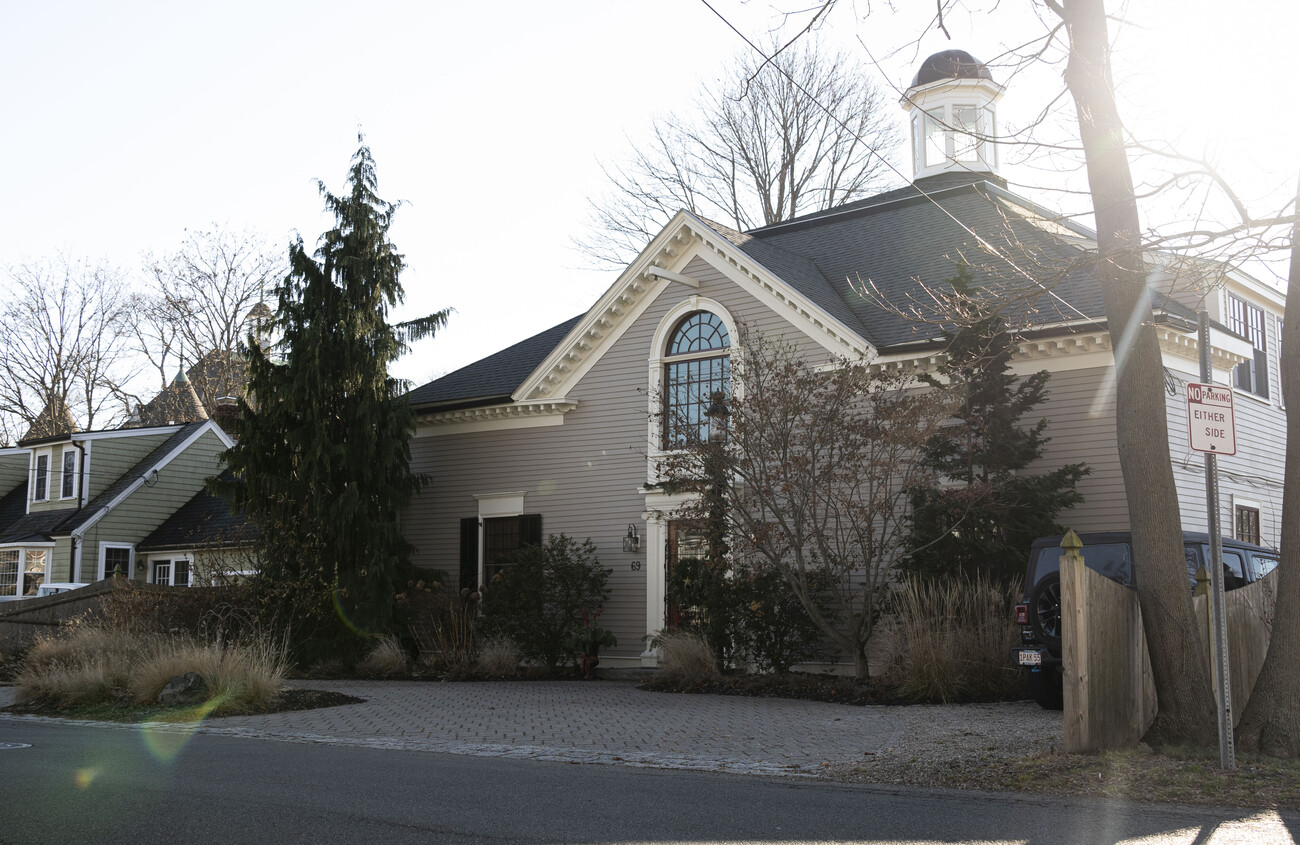When I sat down to write this week’s Historic Building of the Week, I said to myself, “I want to write about a pretty building this week.” Since no one can tell me otherwise, I am going to.
The Pollard Carriage House I. Gosh, what a looker. There are a bunch of beautiful buildings in Marblehead but one like the Pollard Carriage House is rare. No, seriously.
According to records from the Massachusetts Cultural Resource Information System (MACRIS), carriage houses can be found on the North Shore as well as in Newport, R.I. “Although,” as the record states, “it is a rare survival.”
Carriage houses, despite the name, were not your typical domiciles. While modern, renovated ones may be actual houses, they were not originally constructed for this. Rather, they were often free-standing buildings which housed horses, a carriage, and other gear. Sometimes a groundskeeper or some other estate keeper would live on the second floor.
The name of the building comes from Marshall Spring Perry Pollard, a prominent Boston merchant. The MACRIS documents state that he was an “importer and wholesaler of liquor and groceries.”
Pollard purchased a lot out of the former Ware farm in 1894. On this land he built both a resort home and the carriage house. Pollard was something of a snowbird — he summered in Marblehead and went south for the winter. South, however, was simply Boston.
In 1901, Pollard conveyed the property, including the carriage house, to his son Alonzo Wilder Pollard. In 1906, the buildings were then sold to Nellie E. Terhune, of Boston. Later, the property was sold to Carlotta M. Dreyfus, wife of Edwin J. Dreyfus, of Brookline. Both Terhune and Dreyfus summered in Marblehead.
The prolonged presence of such structures points to the whims of the rich vacationers who came to Marblehead for the warmer months. As horses were replaced by cars, the MACRIS document explains, “large, elaborate barns for storing draft animals and carriages were maintained for the popular activity of driving.”
The Pollard Carriage House I was maintained exceptionally well, even after being converted into a residence in the 20th century. Apparently original details such as an elaborate door surround, a cupola/lantern, a crane above the arched front window, and dentils show just how much attention was paid to the building’s construction.
So, yes. The Pollard Carriage House I is beautiful, but it also has a pretty good story to go along with the looks.

